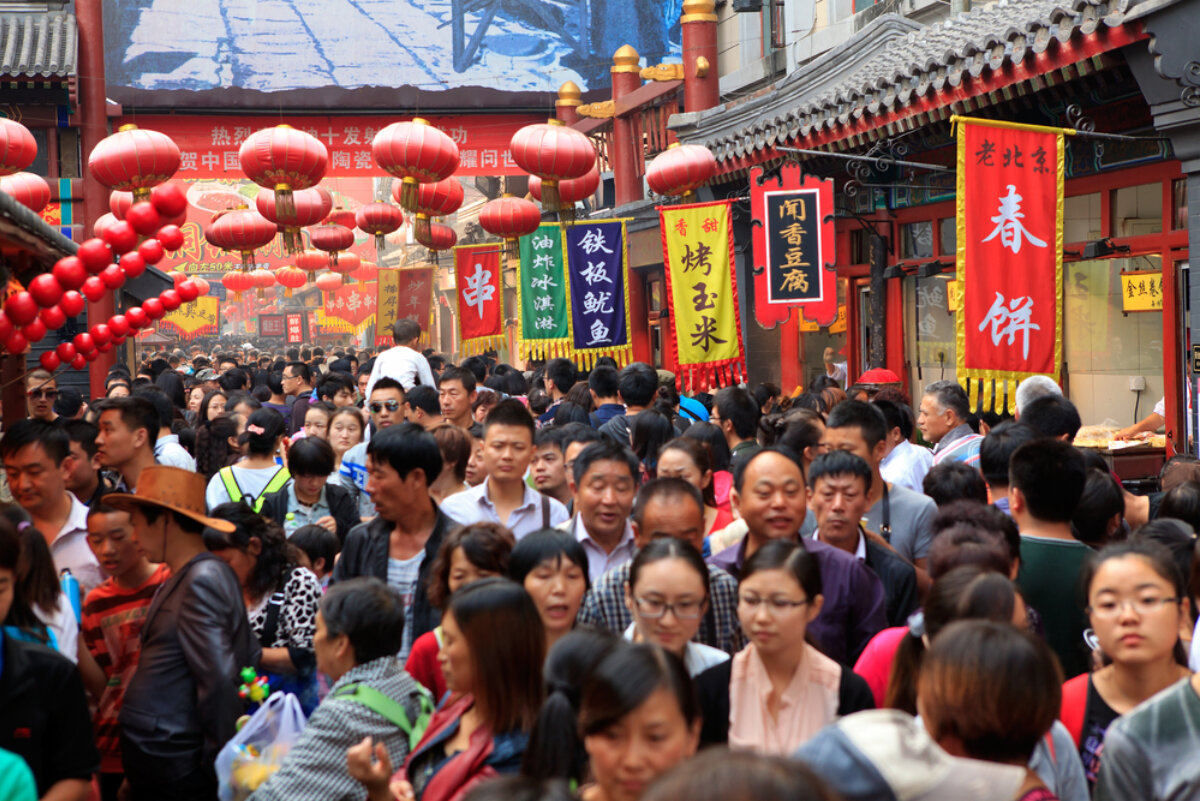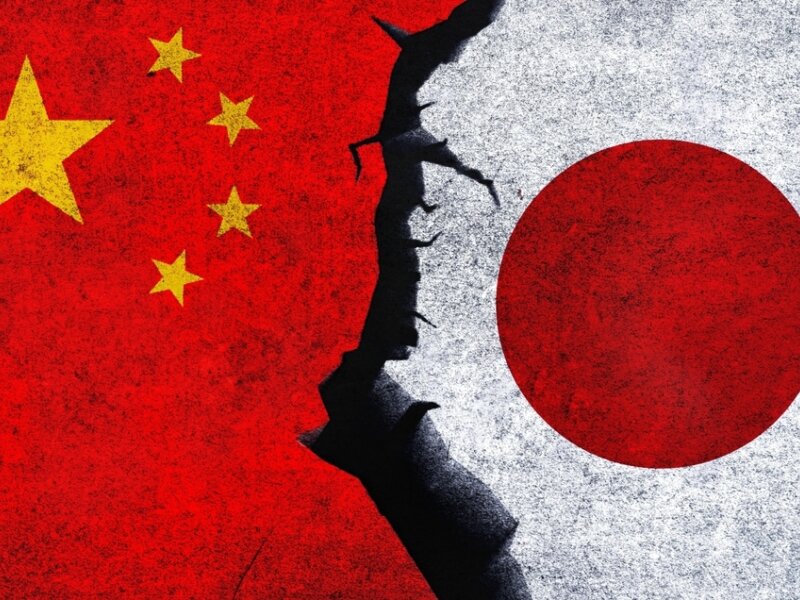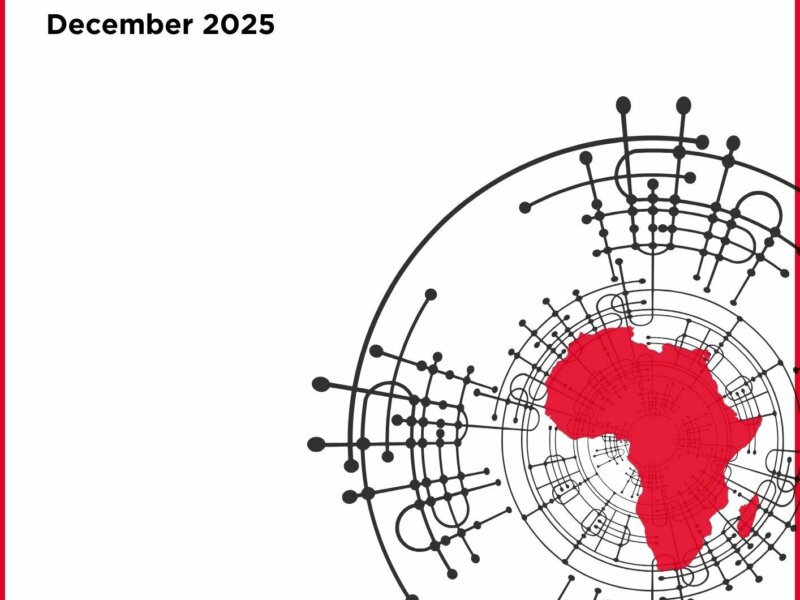China’s demographic problem
For the first time in the history of demography, a great nation is aging before becoming rich. The analysis by Guido Bolaffi

testing / Shutterstock.com
In 2022, the population of China fell to 1.4 billion inhabitants, a net decrease of 850,000 units compared to the previous year. This has never happened before, except for the catastrophic demographic consequences of the Great Leap Forward policy, desired and imposed in 1961 by Mao Zedong.
In the country of the Great Dragon, the number of deaths exceeded the number of births. An event that had long been feared but occurred well before even the worst predictions. In fact, as reported by Andrew Jacobs and Francesca Paris in the New York Times article of 9th February Can China Reverse Its Population Decline?:
“China’s population has begun to decline, a demographic turning point for the country [that] experts had long anticipated, but it arrived in 2022 several years earlier than expected, prompting handwringing among economists over the long-term impacts given the country’s immense economic heft and its role as the world’s manufacturer”.
China’s demographic decline, although not dissimilar to that also taking place in many other major nations of the Planet presents, as Pak Yiu, Grace Li and Ck Tan wrote in the NIKKEI article China’s aging population threatens a Japan-style lost decade:
“The most curious aspect of the population bomb is that China dropped it on itself. The present shortage of children was preceded by three and a half decades of enforced birth suppression, the one-child policy that was launched in 1980 and ended in 2016. In tandem with economic reforms, the one-child policy intended to limit the size but enhance the “quality” of China’s population”.
Today in the country of the Great Dragon, not only are few people born but even fewer die. With the result that the accelerated aging of the population risks making China the first nation in the world to grow old before it is rich.
A danger pointed out as far back as 2012 by the distinguished demographer Cai Fang according to whom: “China not yet a high-income country, its shrinking population could be a drag on economic growth as a massive population of retirees will claim an ever greater share of resources”.
According to the latest government source estimates “By 2035, an estimated 400 million people in China will be age 60 and over, representing 30% of the population”. A prophecy that would turn into an unmanageable threat should the calculations made by the Shanghai Academy of Social Sciences prove reliable, according to which: “China’s population could be pushed down to 587 million in 2100, less than half of what it is today. That would mean for every 100 working-age Chinese, there would be 120 elderly people to support”.
China thus seems destined to open a new but negative page in modern demography. For the simple reason that, Lauren Johnston of the China Studies Center at the University of Sydney explains:
“In the most fortunate countries aging happens when the country is relatively prosperous, meaning many of its elderly are able to enjoy a comfortable retirement. Japan, for example, saw its median income hit First World levels well before the population began to plateau, a peak that corresponded with the end of its bubble economy in the late 1980s”.
A risk made worrying by the fact that currently: “The retirement age in China is among the lowest in the world: 60 for men, 55 for white-collar women and 50 for women who work in the factories”. It is therefore no coincidence that, according to NIKKEI journalists in the article mentioned above: “On March 14 Jin Weigang, president of the Chinese Academy of Labor and Social Security Sciences told Chinese state media the country is considering raising the age of retirement gradually, by a few months each year”.
For Beijing, the troubles of the demographic crisis not only have serious, negative implications internally, but also in its geopolitical confrontation with the United States of America, whose population, in contrast to China, continues to grow while aging. In the US, in fact, according to data just released by the latest Vintage Census Bureau, the number of births compared to deaths has marked a net increase of about 431,192 units between 2020 and 2022.
Will the massive incentives, put in place in recent years by the Chinese authorities to encourage young couples to have more children, succeed in reversing the country’s negative demographic trend? The answer of experts is no.
Not only for the reason that Nicole Hong and Zixu Wang explain in their well-documented article Desperate for Babies, China Races to Undo an Era of Birth Limits: “Many countries around the world – from Japan to Australia to Sweden – have confronted the same demographic challenge, and their attempt to incentivize new babies with subsidies and other tactics have had a limited impact”.
Confirming what has already been reported by Andrew Jacobs and Francesca Paris that: “History suggests that once a country crosses the threshold of negative population growth, there is little that its government can do to reverse it”.
But also because the survey cited by Nicole Hong and Zixu Wang shows that: “Many young Chinese adults, who themselves were born during China’s draconian one-child policy, are pushing back on the government’s inducements to have babies […] The measure have been met with a wave of public skepticism, ridicule and debate, highlighting the challenges China faces as it seeks to stave off a shrinking work force that could imperil economic growth”.



